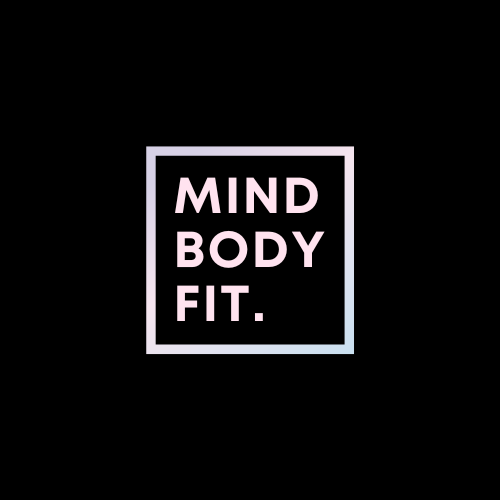In the hustle and bustle of modern life, stress seems to be an ever-present companion. From juggling work deadlines to managing family responsibilities, it’s easy to feel overwhelmed and burnt out. However, amidst the chaos, there exists a powerful tool that can help us find calm and balance: vagal tone breathwork.
But what exactly is vagal tone breathwork, and how does it work its magic? Let’s delve into the science behind this transformative practice and explore how it can help lower cortisol levels throughout your day, leading to improved mental and physical health.
Understanding Vagal Tone Breathwork
At the heart of vagal tone breathwork lies the vagus nerve, a key player in the body’s parasympathetic nervous system, often referred to as the “rest and digest” system. This nerve regulates various bodily functions, including heart rate, digestion, and mood. When activated, it promotes a state of relaxation and counters the stress response initiated by the sympathetic nervous system.
Vagal tone refers to the strength and efficiency of the vagus nerve’s activity. Higher vagal tone is associated with better stress resilience, emotional regulation, and overall well-being. Through specific breathing techniques, we can stimulate and enhance vagal tone, leading to a multitude of benefits for mind and body.
The Cortisol Connection
Now, let’s talk about cortisol, often dubbed the “stress hormone.” When we encounter stress, whether it’s physical, emotional, or psychological, our bodies release cortisol as part of the fight-or-flight response. While cortisol serves a vital purpose in preparing the body to respond to threats, chronically elevated levels can wreak havoc on our health.
High cortisol levels have been linked to a host of health issues, including anxiety, depression, weight gain, digestive problems, and compromised immune function. By learning to modulate our stress response through vagal tone breathwork, we can effectively lower cortisol levels and mitigate the harmful effects of chronic stress on our bodies and minds.
The Power of Breath: How Vagal Tone Breathwork Works
Vagal tone breathwork encompasses a variety of breathing exercises designed to activate the parasympathetic nervous system and enhance vagal tone. These techniques typically involve slow, deep breathing patterns that engage the diaphragm and activate the body’s relaxation response.
One such technique is diaphragmatic breathing, also known as belly breathing. By breathing deeply into the belly rather than shallowly into the chest, we engage the vagus nerve and signal to the body that it’s safe to relax. This simple yet powerful practice can be performed anytime, anywhere, making it an accessible tool for managing stress in daily life.
Incorporating Vagal Tone Breathwork into Your Daily Routine
Now that we understand the science and benefits of vagal tone breathwork, how can we incorporate it into our daily lives? Here are some practical tips: Breathwork easy as abc. Breathe in for a count of 4 and breathe out for a count of 8, these numbers can change but insure out breath is double the time of the in breath.
1.Morning Ritual: Start your day with a few minutes of diaphragmatic breathing to set a calm and centered tone for the day ahead.
2.Midday Break: Take short breaks throughout the day to practice deep breathing exercises, especially during stressful moments or before important tasks.
3.Evening Wind-Down: Wind down in the evening with a relaxation-focused breathing practice to promote restful sleep and reduce cortisol levels before bedtime.
4.Mindful Movement: Combine breathwork with gentle movement practices such as yoga or tai chi for an extra dose of relaxation and stress relief.
Embracing the Journey to Well-being
In a world filled with constant demands and distractions, prioritizing our mental and physical health has never been more important. Vagal tone breathwork offers a holistic approach to stress management, empowering us to take control of our well-being and cultivate resilience in the face of life’s challenges.
By harnessing the power of our breath and nurturing our vagal tone, we can lower cortisol levels, soothe our nervous systems, and embrace a life of greater balance, vitality, and peace. So, take a deep breath, and embark on this journey to well-being—one mindful inhale and exhale at a time.
Remember, the path to lower cortisol levels and enhanced well-being begins with a single breath. Are you ready to take that breath today?
Harnessing the Power of Vagal Tone Breathwork: A Pathway to Lower Cortisol Levels and Enhanced Well-being
by Lynda Maree Pope | Mar 15, 2024 | Uncategorized

